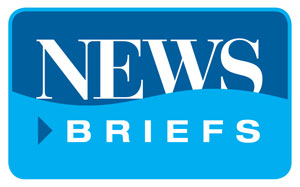News Briefs: Charleston Working to Create Map of Lead Pipes as EPA Considers New Rule
Also in this week's sewer and water news, a new study will examine water infrastructure quality's impact on economic growth
Popular Stories
Discussion
Comments on this site are submitted by users and are not endorsed by nor do they reflect the views or opinions of COLE Publishing, Inc. Comments are moderated before being posted.






